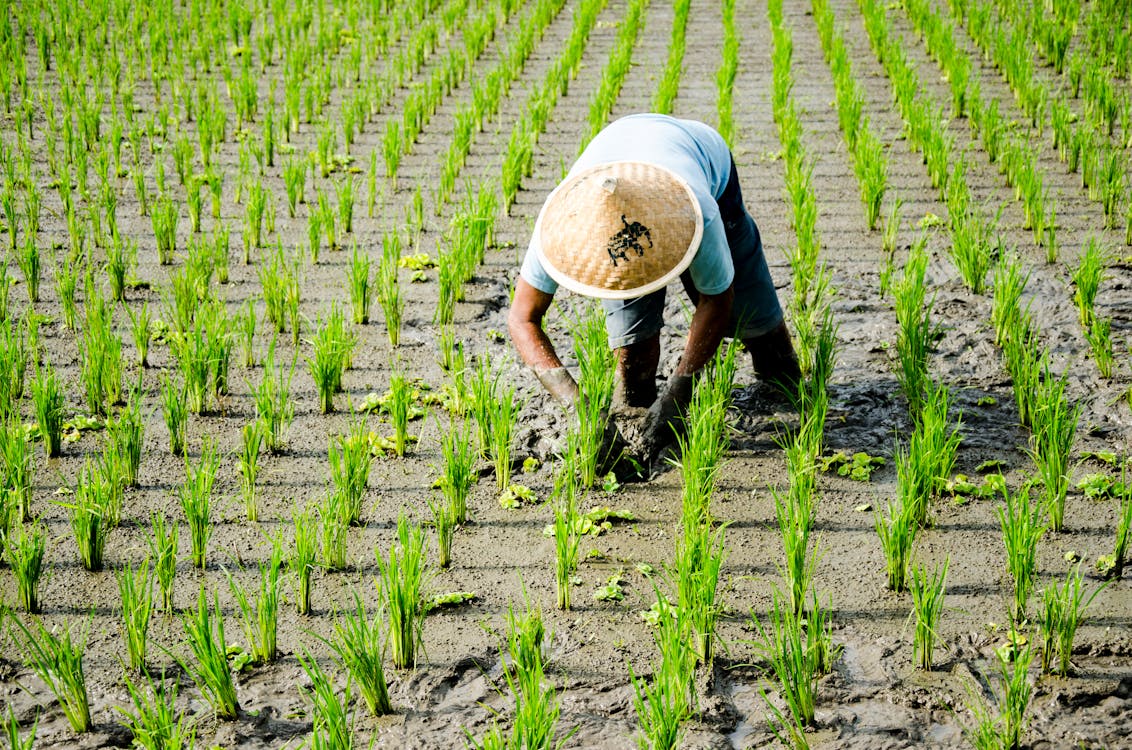By Anna Lexxy Mbucho
Global warming has become a real threat that if not mitigated will lead to the extinction of various species, plants and even indigenous groups. This is the time that leaders, governments, society and even individuals need to come together for the good of the planet. We only have one earth to live on, it is therefore our responsibility to make sure that we keep it existing and flourishing.
In recent times, deforestation has emerged as a primary cause of climate change and global warming. Trees are taken down for many purposes, such as building houses, creating furniture, or even just making space for more people, all of which have an adverse effect on the ecosystem. According to the United Nations, since the middle of the 20th century, the population of the world has more than tripled.
Over the next 30 years, there will likely be an almost 2 billion increase in the global population. By 2050, this number is expected to rise from 8 billion to 9.7 billion. The population of the globe may reach 10.4 billion by the middle of the 1980s. Given these figures, it is crucial that we protect the environment, which can be done by planting new trees, which will guarantee the survival of all kinds of species.
By absorbing and releasing pollutants like carbon dioxide, sulfur dioxide, and nitrogen dioxide, trees function as natural air filters. Reforestation helps minimize respiratory disorders by increasing air quality since it lowers the incidence of respiratory ailments like bronchitis, asthma, and other chronic respiratory diseases. Additionally, as air pollution frequently makes cardiovascular disorders worse, improved air quality lowers the risk of these conditions.
In order to achieve Sustainable Development Goal (SDG) 3, which is to guarantee healthy lives and promote well-being for all people at all ages, reforestation is crucial. Although reforestation is frequently linked to environmental advantages, it has a significant and complex influence on population health and wellbeing.
In addition to being essential for maintaining the sustainability of the ecosystem, reforestation also improves public health and wellbeing. Reforestation directly promotes the attainment of SDG 3 through enhancing the quality of the air and water, promoting mental health, protecting medicinal resources, regulating the climate, and enhancing food security. Thus, funding reforestation initiatives can have a major positive impact on health and contribute to a more sustainable and healthy future for all.
A crucial tactic in combating climate change is reforestation, which significantly advances Sustainable Development Goal (SDG) 13: Climate Action. The urgency of addressing climate change and its effects through mitigation, adaptation, and resilience-building measures is emphasized by this aim. Reforestation contributes to reducing the likelihood of natural disasters, which are frequently made worse by climate change. Large volumes of rainfall are absorbed by forests, which lowers runoff and lowers the chance of flooding. In hilly or mountainous regions, tree roots support the soil and lessen the chance of landslides. Mangrove restoration can operate as a natural barrier to shield coastal communities from erosion and storm surges.
Reforestation directly supports the Sustainable Development Goals and is a potent weapon in the fight against climate change. Strategies for adaptation and mitigation both benefit from reforestation. In addition to improving water security and biodiversity, reforestation also modifies climate, lowers the risk of disasters, encourages sustainable land use, and aids in community adaptation. Reforestation investments are crucial to building resilient communities and ecosystems that can endure and prosper in the face of climate change.

